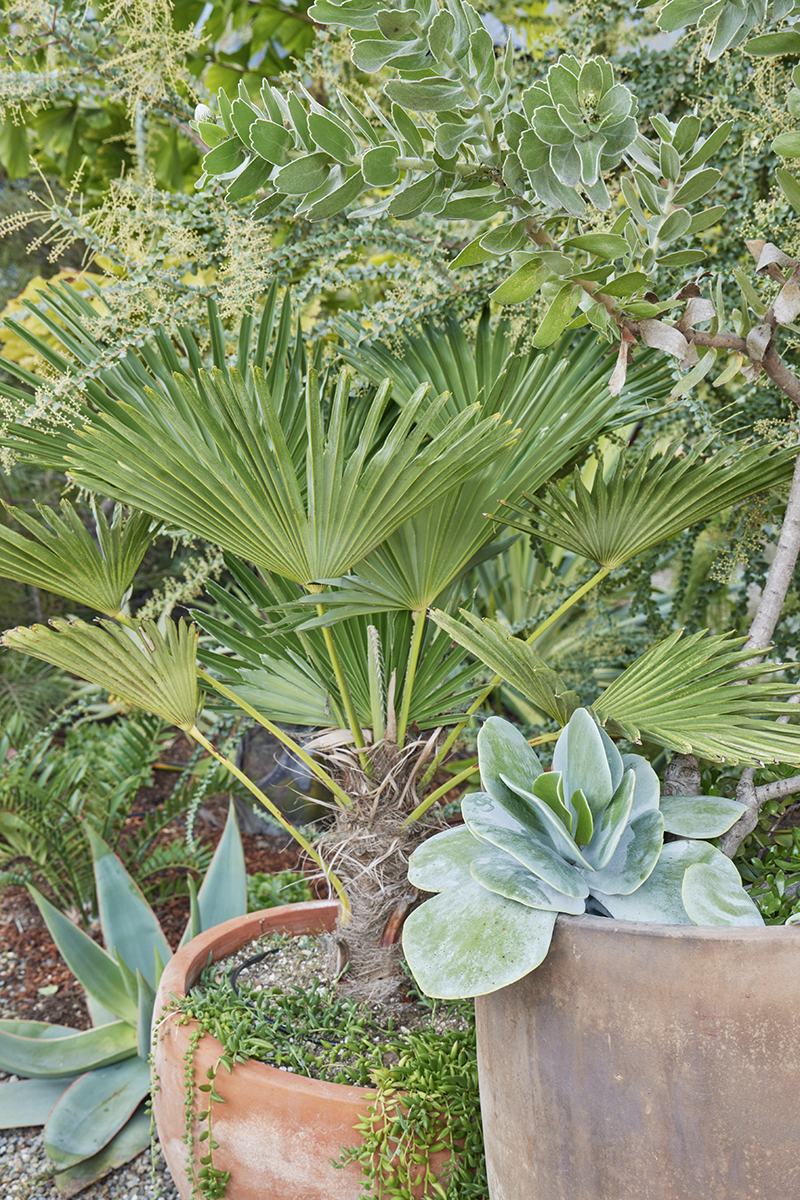


| height | 20–30 | |
| width | 3–6ft | |
| tolerates | Cold, Cool Summers, Pots, Wind | |
| water needs |
Low – Moderate | |
| water info |
Trachycarpus are surprisingly drought tolerant once established, even inland where it can be quite hot, and for this reason they are sometimes planted as street trees. They can look a little sad during the dry season if water is withheld completely, so they should be watered deeply every couple of weeks to keep them looking fresh. They also thrive and grow more quickly with regular water, provided drainage is adequate. Trachycarpus prefer well drained soil, but are quite adaptable. If planted in loamy or clay soil watering should be less frequent. |
|
| hardy to |
10F | |
| exposure | Full Shade – Full Sun | |
| indoor outdoor |
Outdoor | |
| drainage | In Ground: Cactus Mix, In Pots: Cactus Mix, Tolerates Heavy Soil, Tolerates Sandy Soil | |
| fertilizing | Palm Fertilizer | |
| origin | SC China | |
| california native |
No | |
| sunset zones |
4–11, 14–23 |
Full Sun
Six or more hours of sun beams directly landing on the plant's leaves.
Part Shade
Three to five hours of sun beams directly landing on the plant's leaves.
Part Sun
One to two hours of sun beams directly landing on the plants leaves.
Full Shade
The plant is never fully lit by sun beams,
but is in a bright spot or has dappled sunbeams playing over the leaves throughout the day.
Deep Shade
The plant never has dappled light on the leaves, and is in a place that feels dim, even on a nice sunny day.
